Home>Garden Essentials>What Is Landscaping Fabric
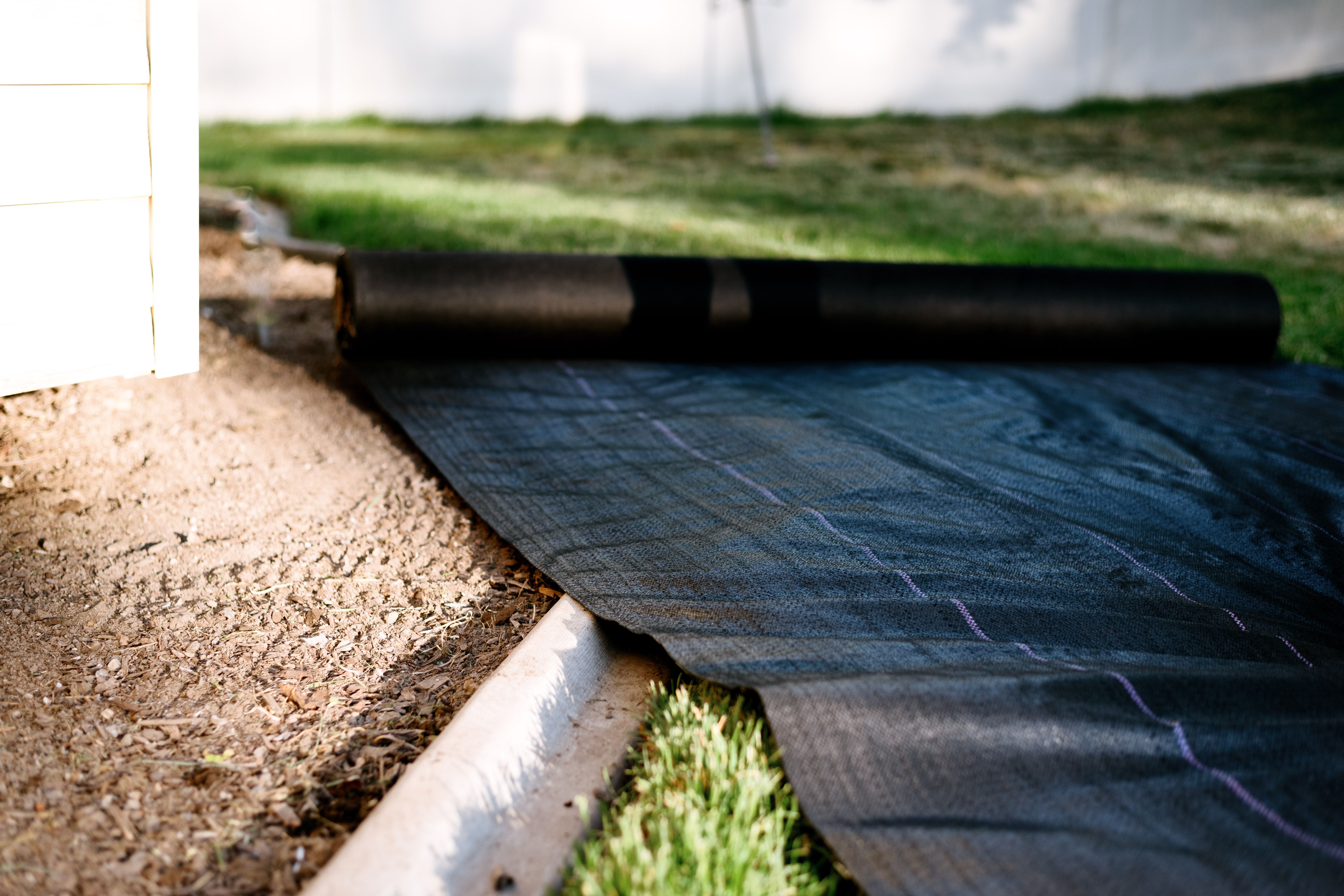

Garden Essentials
What Is Landscaping Fabric
Modified: March 15, 2024
Learn all about the benefits and uses of landscaping fabric in your garden. Enhance growth, control weeds, and improve overall appearance with this essential gardening tool.
(Many of the links in this article redirect to a specific reviewed product. Your purchase of these products through affiliate links helps to generate commission for Storables.com, at no extra cost. Learn more)
Introduction
Gardening and maintaining a beautiful landscape can be a rewarding but labor-intensive task. Fortunately, there are various techniques and tools available that can make the process more efficient and help you achieve stunning results with less effort. One such tool commonly used in landscaping is landscaping fabric.
Landscaping fabric, also known as weed control fabric or weed barrier, is a material designed to suppress weeds and conserve moisture in gardens and flower beds. It is a permeable fabric that allows water and nutrients to reach plants while preventing the growth of unwanted weeds.
In this article, we will explore the benefits of using landscaping fabric, the different types available, how to properly install it, common mistakes to avoid, and alternatives for those who prefer different methods. Whether you are a seasoned gardener or just starting with your landscaping projects, understanding the purpose and proper use of landscaping fabric can significantly enhance your gardening experience.
So, let’s dive in and discover the world of landscaping fabric and how it can revolutionize the way you approach your gardening endeavors.
Key Takeaways:
- Landscaping fabric is a versatile tool that suppresses weeds, conserves moisture, and enhances plant growth, making gardening more efficient and enjoyable.
- Proper installation and maintenance of landscaping fabric are crucial for its effectiveness, but there are also eco-friendly alternatives to consider for weed control and soil protection.
Read more: How To Lay Landscaping Fabric
Definition of Landscaping Fabric
Landscaping fabric, also known as weed control fabric or weed barrier, is a material specifically designed to inhibit the growth of weeds and provide a barrier between the soil and the external environment. It is typically made from woven or non-woven synthetic materials, such as polypropylene or polyester, that allow water, air, and nutrients to pass through while preventing the penetration of unwanted weeds.
The main purpose of landscaping fabric is to suppress weed growth by blocking sunlight and creating a physical barrier that obstructs the growth and spread of weed seeds. By preventing weeds from taking root and competing with desired plants for resources, landscaping fabric helps to maintain a clean and tidy garden or flower bed.
Landscaping fabric comes in various thicknesses and strengths, depending on the intended use and the severity of weed pressure. Thicker fabrics provide better weed suppression but may restrict root growth and water penetration if not properly installed. On the other hand, thinner fabrics offer greater breathability and flexibility, but may be less effective at weed control.
In addition to weed control, landscaping fabric also serves other key functions. It helps to conserve moisture by reducing evaporation from the soil surface, thus reducing the need for frequent watering. Moreover, it acts as a physical barrier, preventing soil erosion and keeping the garden or flower bed in place during heavy rainfall or watering.
Overall, landscaping fabric is a valuable tool in maintaining a clean and well-maintained landscape. Its ability to effectively inhibit weed growth, conserve moisture, and prevent soil erosion makes it a popular choice among gardeners and landscapers.
Benefits of Using Landscaping Fabric
Using landscaping fabric in your garden or landscape projects offers a range of benefits that can greatly improve the efficiency and aesthetics of your outdoor space. Let’s explore some of the key advantages of incorporating landscaping fabric into your gardening routine:
- Weed Suppression: One of the primary benefits of using landscaping fabric is its ability to suppress weed growth. By creating a barrier between the soil and the external environment, the fabric inhibits the germination and growth of weed seeds, reducing or eliminating the need for manual weeding. This not only saves time and effort but also helps maintain the overall health and appearance of your garden.
- Moisture Retention: Landscaping fabric helps to conserve moisture by reducing evaporation from the soil surface. By preventing direct contact between the soil and the air, the fabric retains moisture in the soil, ensuring that plants receive an adequate water supply. This is especially beneficial in dry climates or during periods of water restrictions, as it minimizes the need for frequent watering.
- Soil Protection: The use of landscaping fabric acts as a protective layer for the soil. It helps prevent soil erosion by stabilizing the soil particles and reducing surface runoff during heavy rainfall or watering. This ensures that your garden or flower bed stays intact and prevents the loss of precious topsoil.
- Enhanced Plant Growth: Landscaping fabric allows water, air, and nutrients to penetrate the soil and reach the plant roots. This promotes healthy root development and improves overall plant growth and vigor. Additionally, by preventing weed competition, the fabric ensures that plants receive the necessary resources to thrive and flourish.
- Ease of Maintenance: Another advantage of using landscaping fabric is the reduced maintenance required for your garden. With fewer weeds to contend with, you will spend less time on manual weeding and more time enjoying your outdoor space. Additionally, the fabric helps keep the soil surface clean, preventing mud and debris from splashing onto plants during heavy rain or watering.
- Aesthetic Appeal: Landscaping fabric provides a neat and tidy appearance to your garden or landscape by preventing the growth of unsightly weeds. The fabric is typically dark in color, which helps to retain heat and encourage faster plant growth while blending into the surrounding landscape.
By utilizing landscaping fabric, you can take advantage of these benefits to create a low-maintenance, weed-free garden that thrives and enhances the beauty of your outdoor space.
Types of Landscaping Fabric
When it comes to landscaping fabric, there are several types available, each with its unique features and suitability for different gardening needs. Let’s explore some of the common types of landscaping fabric:
- Woven Landscaping Fabric: Woven landscaping fabric is made from interwoven strands of synthetic material, creating a durable and robust fabric. It is typically the strongest type of landscaping fabric available and offers excellent weed suppression. Woven fabric is permeable, allowing water and nutrients to penetrate while blocking sunlight and preventing weed growth. It is suitable for areas with heavy weed pressure and can resist punctures from sharp objects, making it ideal for rocky or uneven terrains.
- Non-Woven Landscaping Fabric: Non-woven landscaping fabric is composed of synthetic fibers that are bonded together through heat or chemical processes. Unlike woven fabric, non-woven fabric is not as rigid but still offers effective weed control. It has a looser structure, allowing for better water and air permeability. Non-woven fabric is generally lighter and more cost-effective than woven fabric and is commonly used in flower beds, vegetable gardens, and areas with medium weed density.
- Landscape Plastic Sheeting: Landscape plastic sheeting, also known as black plastic or polyethylene film, is another option for weed control. It is a non-porous material that completely blocks sunlight, preventing weed growth. However, plastic sheeting does not allow water or air to pass through, which can lead to poor drainage and potential issues with plant health and root rot. It is most commonly used in temporary situations or for specific applications, such as solarizing the soil to eliminate pests or weed seeds before planting.
- Paper Mulch: Paper mulch, also known as mulching paper, is an eco-friendly alternative to traditional landscaping fabric. It is made from recycled paper or cardboard and is biodegradable, adding organic matter to the soil as it breaks down. Paper mulch effectively suppresses weeds by blocking sunlight and can help retain moisture in the soil. It is commonly used in organic gardening and vegetable beds.
Each type of landscaping fabric has its advantages and is suited to different gardening situations. Consider the specific requirements of your garden, the severity of weed pressure, and your budget when choosing the type of landscaping fabric that best fits your needs.
How to Install Landscaping Fabric
Proper installation is key to ensure the effectiveness and longevity of landscaping fabric. Follow these steps to correctly install landscaping fabric in your garden:
- Prepare the Area: Start by clearing the area of any existing weeds, grass, or debris. Use a garden rake or hoe to loosen the soil and remove large rocks or roots that may interfere with the fabric’s placement.
- Measure and Cut: Measure the area you wish to cover with landscaping fabric and cut the fabric to fit. Be sure to account for any curves, corners, or irregular shapes in your garden by cutting the fabric slightly larger than the measured area.
- Prevent Overlap: Avoid overlapping the edges of the fabric as this can create opportunities for weeds to penetrate the fabric. Instead, butt the edges of the fabric together tightly to eliminate any gaps.
- Anchoring the Fabric: Secure the fabric to the ground by using landscape staples or U-shaped fabric pins. Place these anchors every 1 to 2 feet along the edges and throughout the fabric’s surface. This will prevent shifting or movement due to wind or rain.
- Create Planting Holes: Use a utility knife or scissors to make small X-shaped cuts in the fabric where you plan to plant flowers, shrubs, or other vegetation. Gently fold back the fabric flaps and dig the planting holes as usual, making sure to avoid cutting the fabric accidentally.
- Cover the Fabric: Once the landscaping fabric is securely installed, cover it with a layer of organic mulch, such as wood chips or bark. The mulch will help to further suppress weed growth and provide additional protection against soil erosion. It also adds an aesthetic appeal to the garden.
Remember to periodically inspect the fabric to ensure there are no tears or damage that could allow weeds to grow through. If necessary, patch or replace any damaged areas promptly to maintain the fabric’s effectiveness.
By following these installation guidelines, you can successfully utilize landscaping fabric to create a clean, weed-free garden that requires less maintenance and allows your plants to thrive.
When using landscaping fabric, make sure to overlap the edges by at least 6 inches to prevent weeds from growing through. Also, use fabric pins to secure the fabric in place and prevent it from shifting.
Read more: What Is Awning Fabric
Common Mistakes to Avoid When Using Landscaping Fabric
While landscaping fabric can be a valuable tool in maintaining a weed-free garden, it is essential to avoid certain mistakes that could compromise its effectiveness and lead to potential issues. Here are some common mistakes to avoid when using landscaping fabric:
- Insufficient Soil Preparation: Failing to properly prepare the soil before installing landscaping fabric can hinder its performance. Ensure that the area is thoroughly cleared of existing weeds, grass, and debris, and the soil is adequately loosened and levelled.
- Using the Wrong Type of Fabric: Selecting the wrong type of fabric for your specific gardening needs can be a costly mistake. Consider factors such as weed density, soil type, and environmental conditions when choosing between woven, non-woven, or plastic sheeting. Using the incorrect fabric can limit water and nutrient penetration or increase the risk of weed breakthrough.
- Overlapping Fabric Edges: Overlapping the edges of the fabric may seem like a quick solution, but it can create pockets where weeds can penetrate and gain a foothold. Instead, butt the edges of the fabric tightly together to eliminate any gaps.
- Neglecting to Anchor the Fabric: Properly securing the fabric to the ground with landscape staples or fabric pins is crucial to prevent shifting or movement. Failing to do so can lead to exposed areas where weeds can grow unimpeded.
- Incorrect Planting Technique: When creating planting holes in the fabric, make sure to carefully cut and fold back the fabric flaps to avoid tearing or damaging the remaining fabric. Take care not to cut too close to the plant roots.
- Excessive Mulch Depth: While mulch helps to further suppress weed growth, applying it too thickly can prevent water, air, and nutrients from reaching the soil and plant roots. Aim for a mulch depth of 2-3 inches to maintain a healthy balance.
- Not Monitoring and Maintaining: Landscaping fabric requires periodic inspection to ensure there are no tears, breaks, or damage that could compromise its effectiveness. Monitor the fabric regularly and promptly address any issues that arise by patching or replacing damaged areas.
By avoiding these common mistakes, you can maximize the benefits of landscaping fabric and enjoy a weed-free garden that requires less maintenance and provides a healthy environment for your plants to thrive.
Maintenance and Care of Landscaping Fabric
Maintaining and caring for your landscaping fabric is important to ensure its long-term effectiveness and longevity. Here are some essential tips for properly maintaining and caring for your landscaping fabric:
- Regular Inspections: Perform routine inspections of the fabric to check for any signs of damage, such as tears or cuts. Inspect the fabric after heavy rainfall or windstorms, as these weather conditions can potentially cause damage. Promptly patch or replace any damaged areas to maintain the fabric’s integrity.
- Keep it Clean: Clear off any leaves, debris, or mulch that may accumulate on the fabric’s surface. This will prevent the buildup of organic matter that could provide a fertile environment for weed growth. Additionally, removing debris will help maintain the aesthetics of your garden.
- Control Excessive Mulch: Keep an eye on the depth of the mulch layer on top of the fabric. If it becomes too thick, it can restrict water and nutrient penetration into the soil. Alongside regular inspections, periodically rake and adjust the mulch layer to maintain an optimal depth of 2-3 inches.
- Address Weeds Promptly: While landscaping fabric helps to significantly suppress weed growth, it is not entirely foolproof. Weeds may still manage to find their way through small gaps or tears. Consequently, it is important to promptly address any weed breakthroughs by manually removing them or using appropriate organic weed control methods.
- Proper Watering: Ensure that you water your plants correctly to optimize the fabric’s effectiveness. Water deeply and infrequently to encourage deep root growth, as shallow and frequent watering can promote weed germination and root growth near the fabric surface.
- Consider Seasonal Adjustments: Depending on your local climate, you may need to make seasonal adjustments to your landscaping fabric. In colder regions, you can use the fabric as a layer of insulation for the soil during winter. In warmer regions, you may need to monitor the fabric for signs of overheating and adjust watering practices accordingly to prevent plant stress.
- Reassess Over Time: Periodically reassess the effectiveness of your landscaping fabric over time. Factors such as changing weed populations, soil compaction, or plant growth may necessitate adjustments or potential replacement of the fabric. Stay attentive to the condition of your garden and make necessary changes as needed.
By following these maintenance and care tips, you can ensure that your landscaping fabric remains in excellent condition, providing long-term weed control and helping to maintain a clean and thriving garden.
Alternatives to Landscaping Fabric
While landscaping fabric is a popular choice for weed control and moisture retention, it is not the only option available. Here are some alternatives to consider:
- Mulching: Mulching is a widely used alternative to landscaping fabric. Organic mulch, such as wood chips, straw, or shredded bark, can be applied to the soil surface around plants and in between rows to suppress weeds. Mulch helps retain moisture, regulate soil temperature, and improve soil fertility as it breaks down over time.
- Newspaper or Cardboard: Recycling newspaper or cardboard as a weed barrier is an eco-friendly and cost-effective alternative. Lay several layers of damp newspaper or flattened cardboard over the soil, ensuring complete coverage. Then, cover the paper with a layer of mulch to hold it in place and provide additional weed suppression.
- Using Landscape Edging: Installing landscape edging can help create a physical barrier between your lawn or garden and surrounding areas, preventing weeds from encroaching. Various materials, such as plastic or metal edging, can effectively keep grass and weeds at bay, while adding structure and delineation to your landscape design.
- Ground Covers: Ground covers, such as low-growing plants or creeping vines, can be used as living mulch to suppress weeds. They cover the soil surface, reducing sunlight availability for weeds and providing an attractive ground cover. Popular choices include creeping thyme, clover, or perennial ground covers that can spread and fill in bare areas.
- Weed-Controlling Herbicides: For those comfortable with using herbicides, selective weed killers can be applied to target and control specific types of weeds. It is important to carefully read and follow the manufacturer’s instructions and use herbicides responsibly to minimize potential harm to desirable plants and the environment.
- Manual Weed Removal: Traditional manual weeding remains a viable option, especially for smaller garden areas or for those who prefer not to use synthetic materials. Regularly inspect the garden for weeds and carefully remove them by hand, making sure to remove the entire root system to prevent regrowth.
When considering alternatives to landscaping fabric, it is essential to assess your garden’s specific needs, your gardening preferences, and environmental factors. Each alternative offers its own benefits and considerations, so choose the method that aligns best with your garden’s requirements and your gardening values.
Conclusion
Landscaping fabric is a valuable tool that can greatly enhance the efficiency and aesthetic appeal of your garden or landscape. By effectively suppressing weed growth, conserving moisture, and preventing soil erosion, landscaping fabric helps create a low-maintenance, weed-free environment for plants to thrive.
When using landscaping fabric, it is important to choose the right type for your gardening needs, properly install it, and take care of it over time. Avoiding common mistakes such as inadequate soil preparation, overlapping fabric edges, or neglecting regular maintenance will ensure optimal performance and longevity of the fabric.
However, it is also important to consider alternatives to landscaping fabric that may better suit your preferences or specific gardening requirements. Options such as mulching, newspaper or cardboard barriers, landscape edging, ground covers, or manual weeding provide effective weed control while offering different benefits and environmental considerations.
Ultimately, the choice between landscaping fabric and its alternatives depends on factors such as weed density, soil type, climate, and personal preferences. Experimenting with different methods and customizing your approach will help you find the solution that best meets your specific gardening needs.
Whichever option you choose, remember to regularly monitor your garden, make necessary adjustments, and maintain a balance between weed control and the health of your plants. With proper care and attention, you can create a beautiful, well-maintained garden that brings joy and satisfaction throughout the seasons.
Frequently Asked Questions about What Is Landscaping Fabric
Was this page helpful?
At Storables.com, we guarantee accurate and reliable information. Our content, validated by Expert Board Contributors, is crafted following stringent Editorial Policies. We're committed to providing you with well-researched, expert-backed insights for all your informational needs.

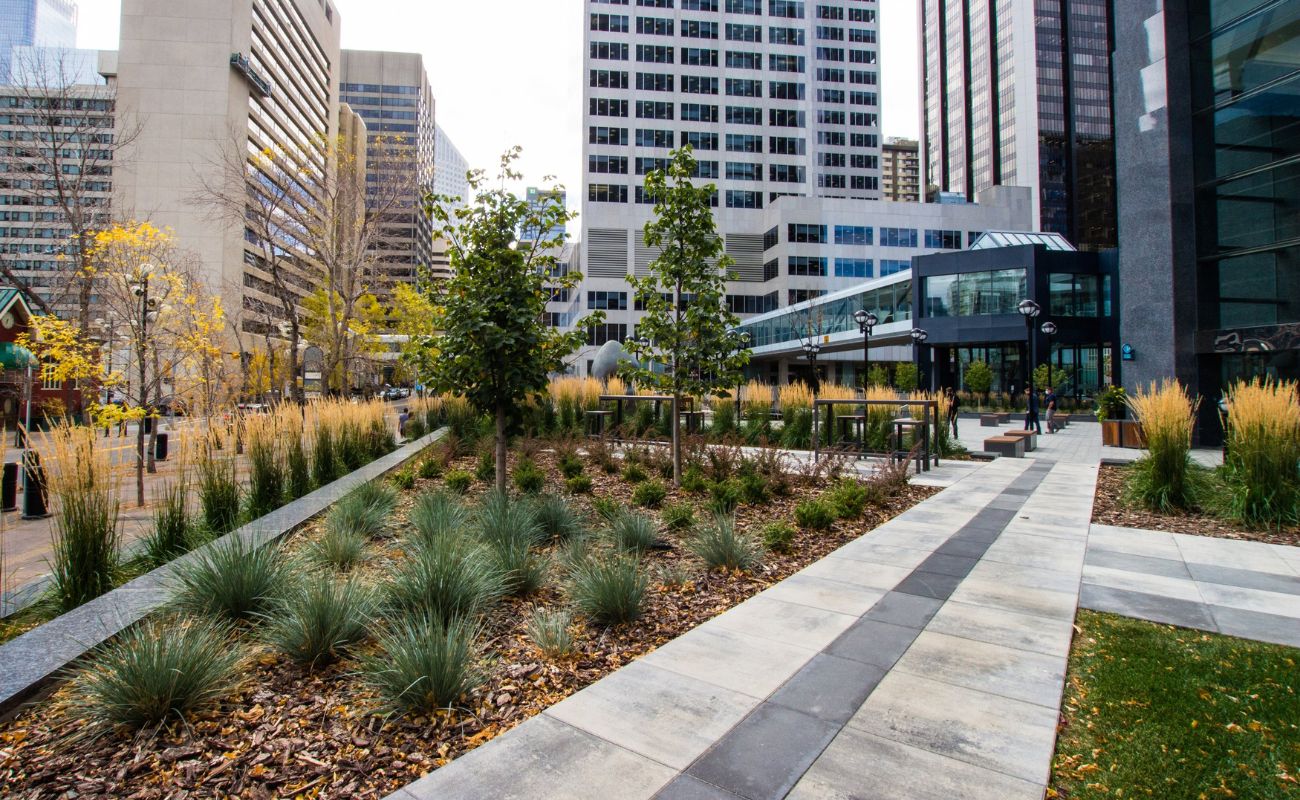
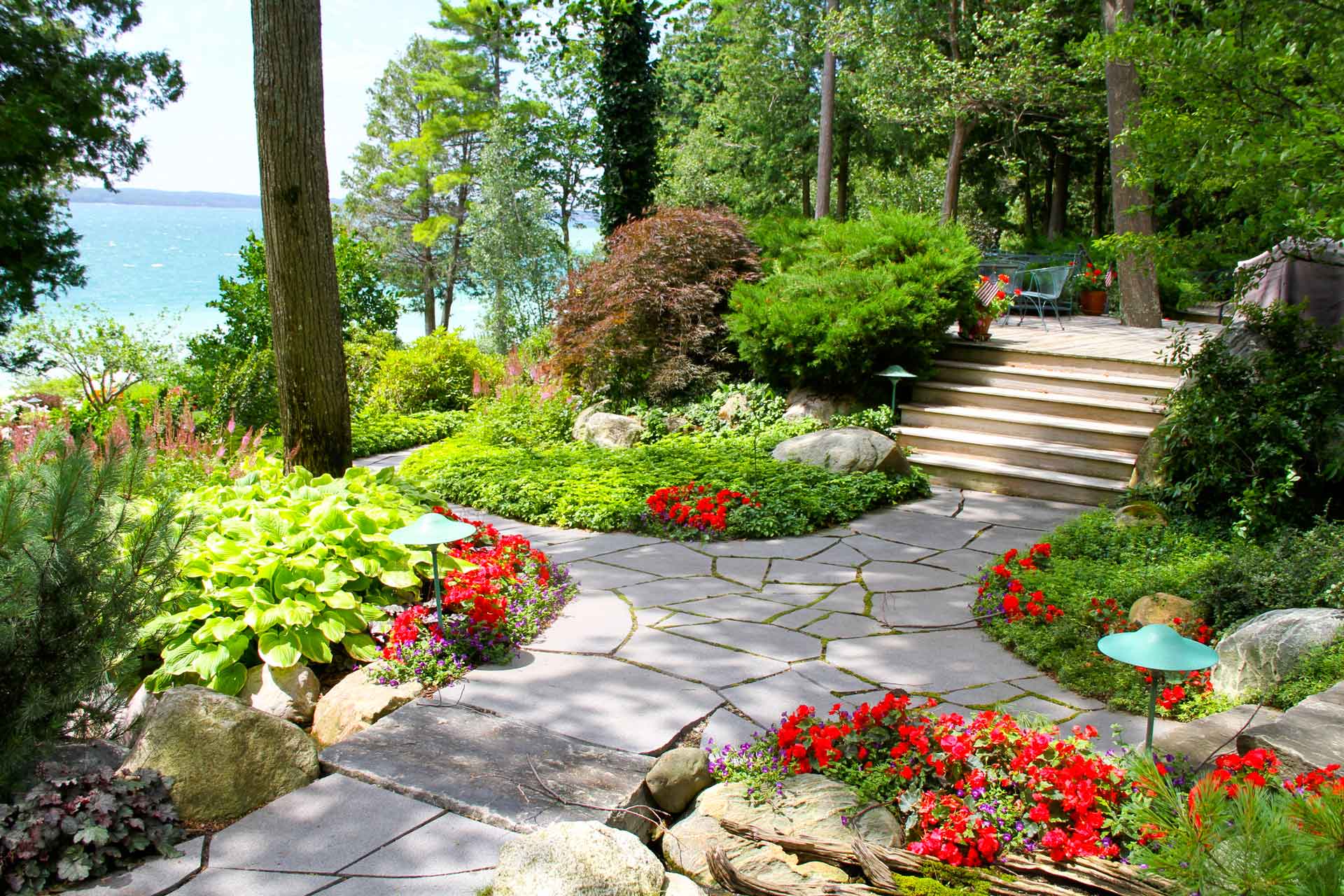
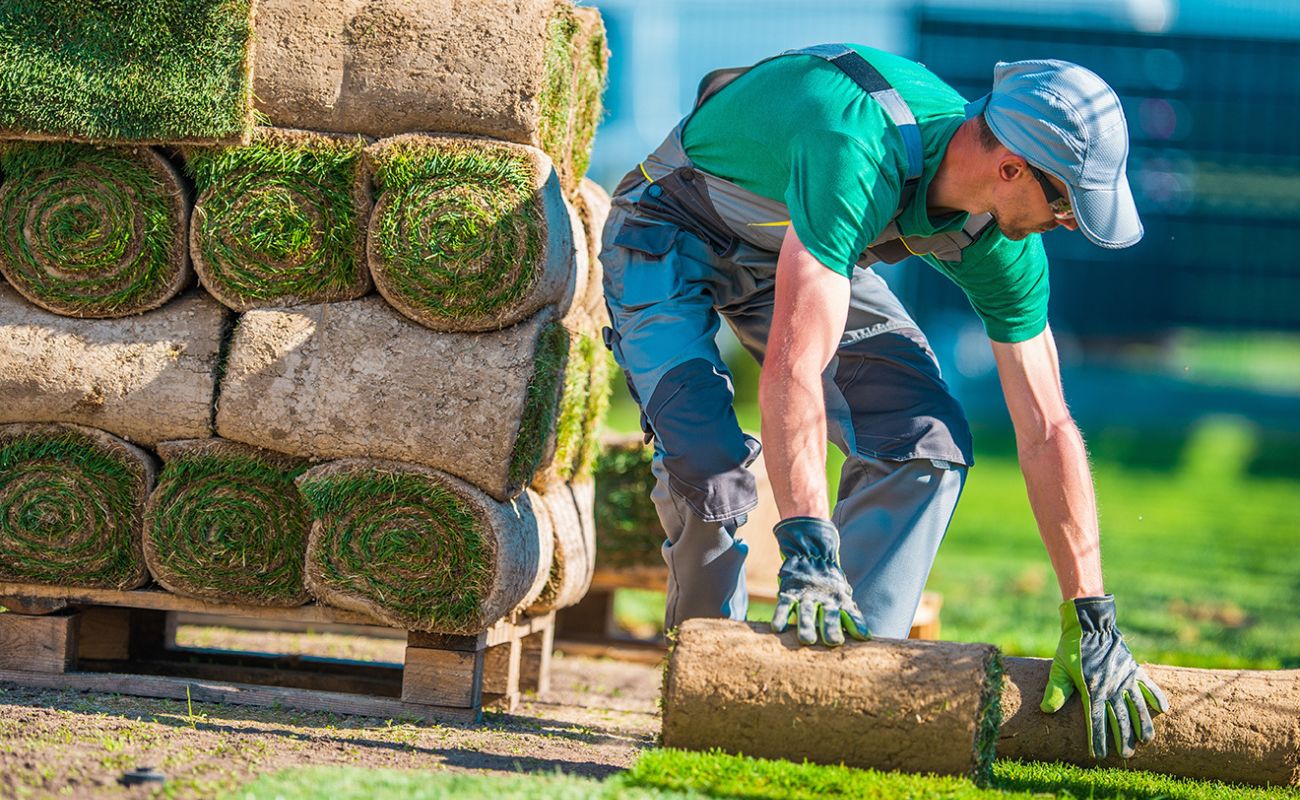
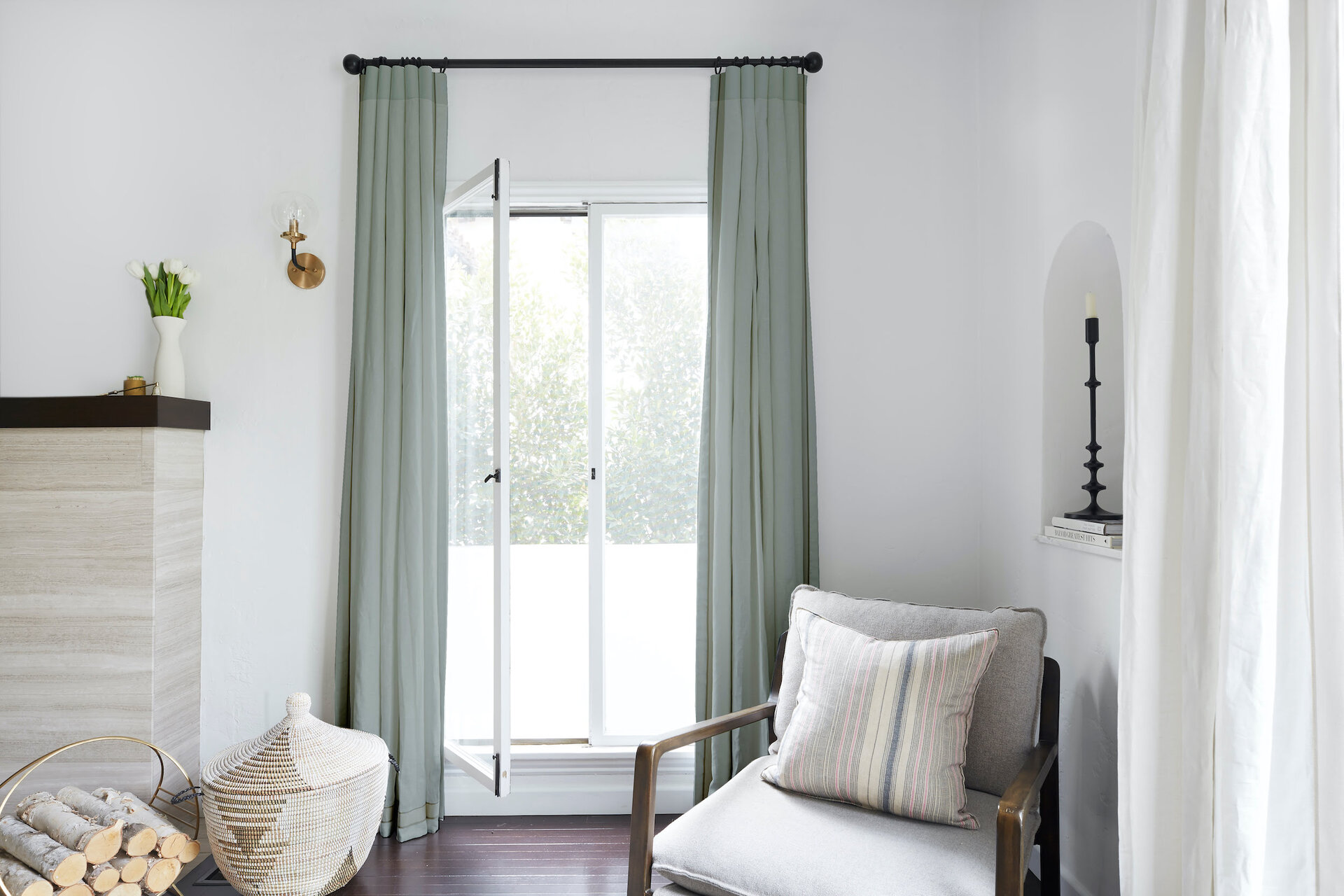
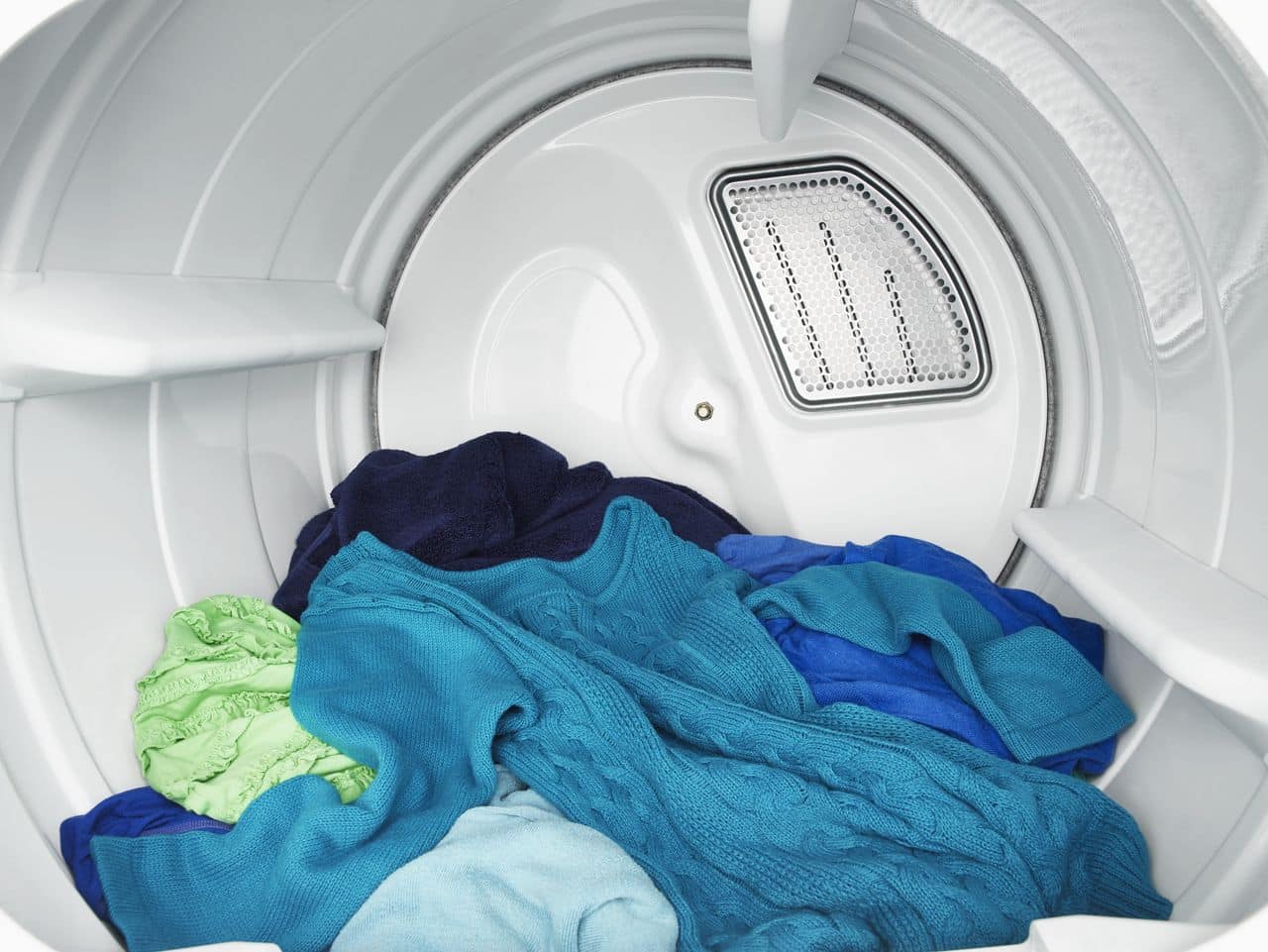
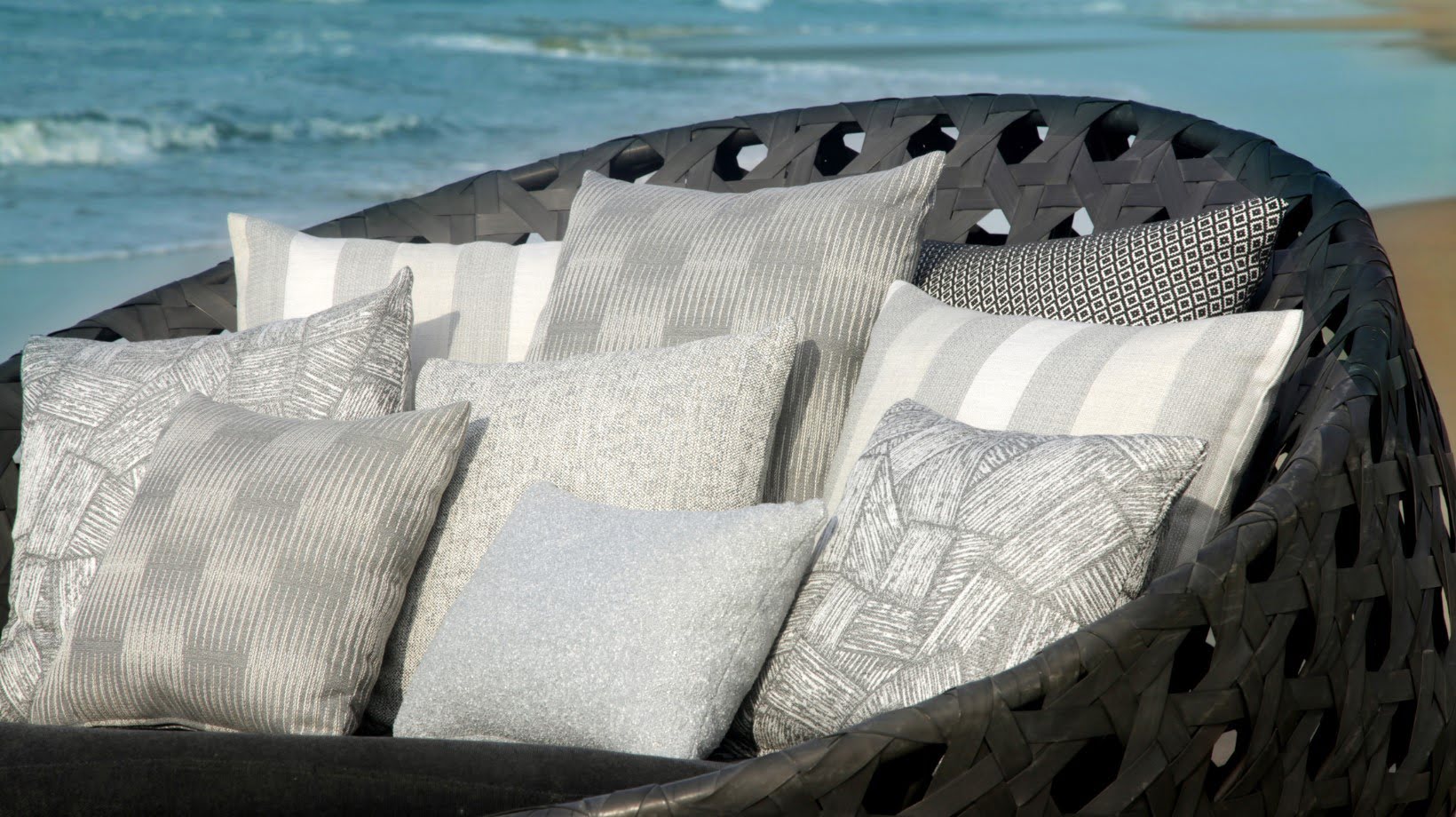

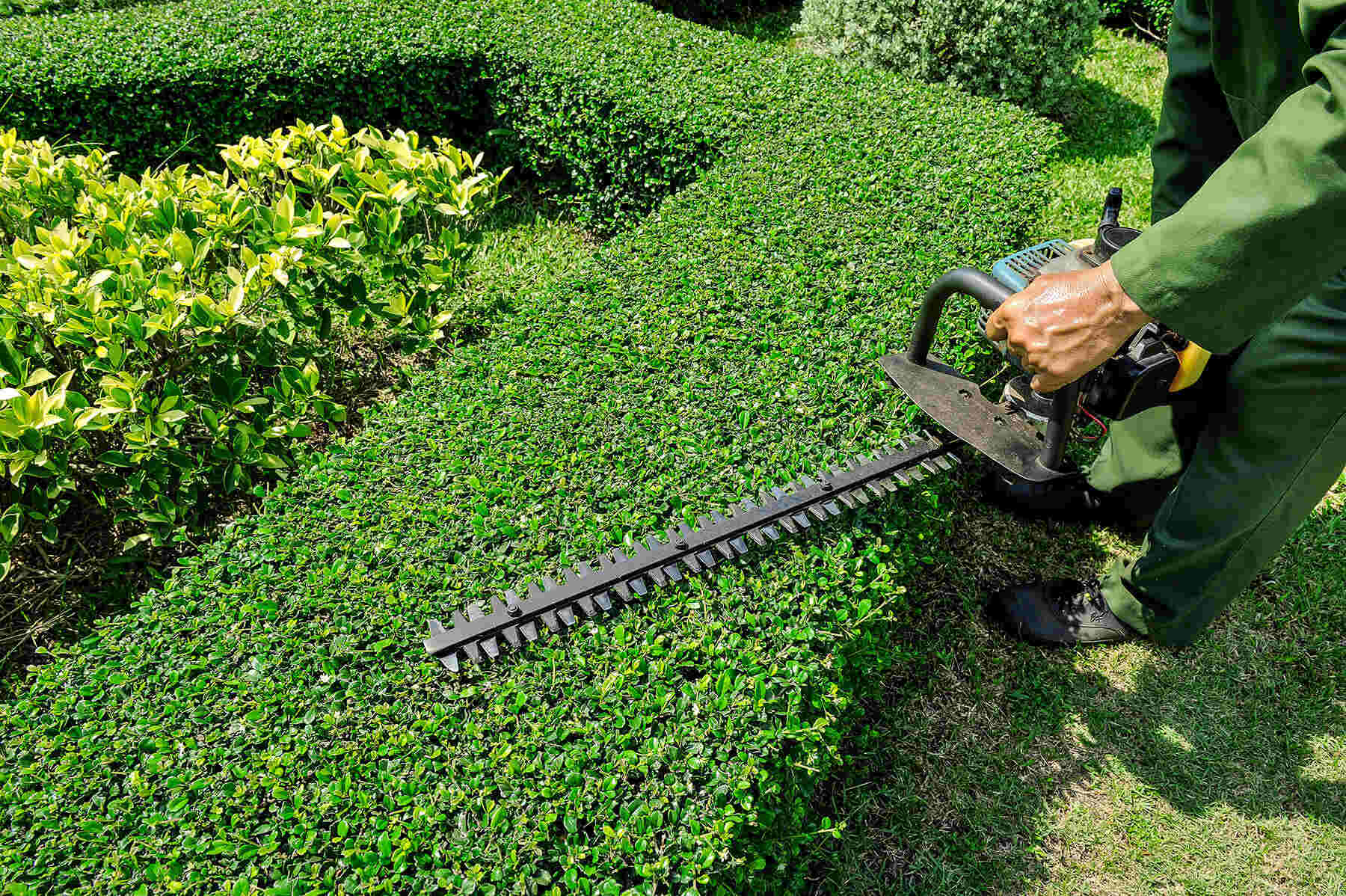

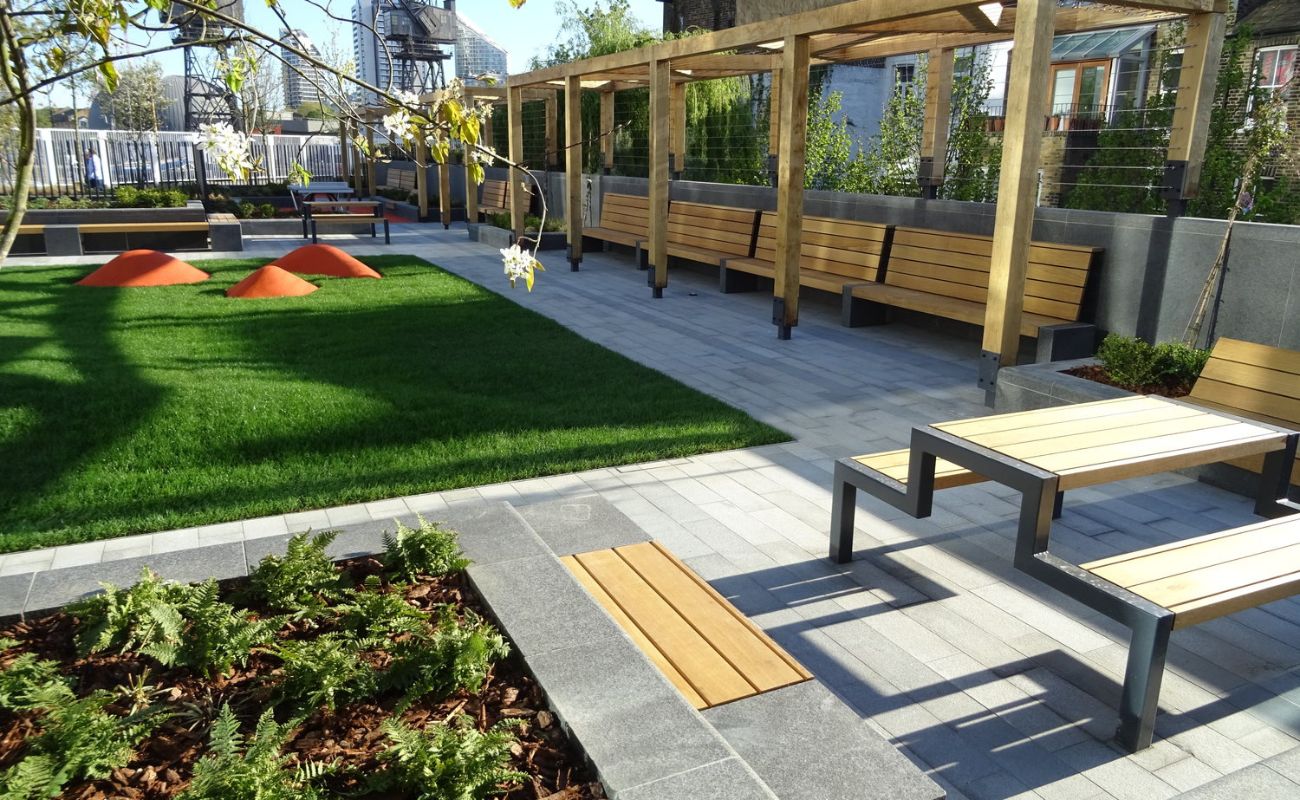
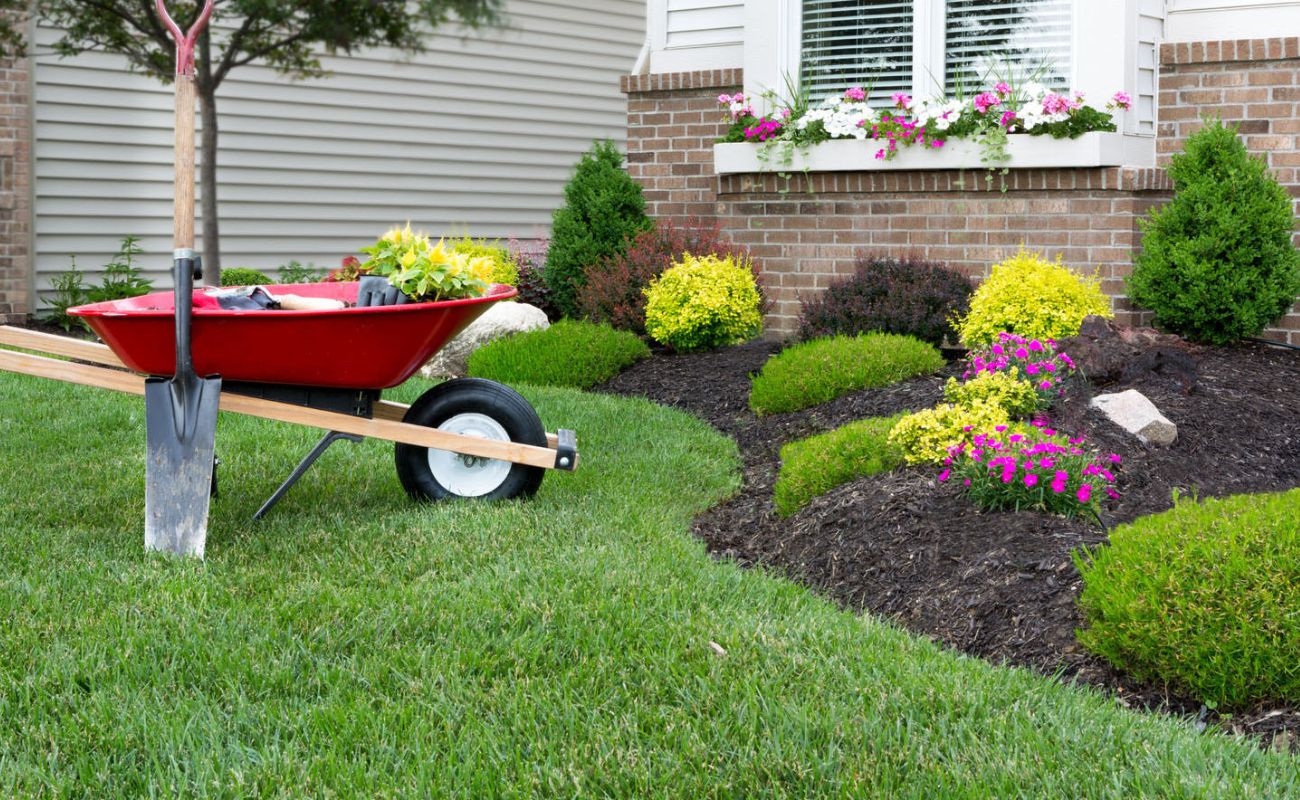
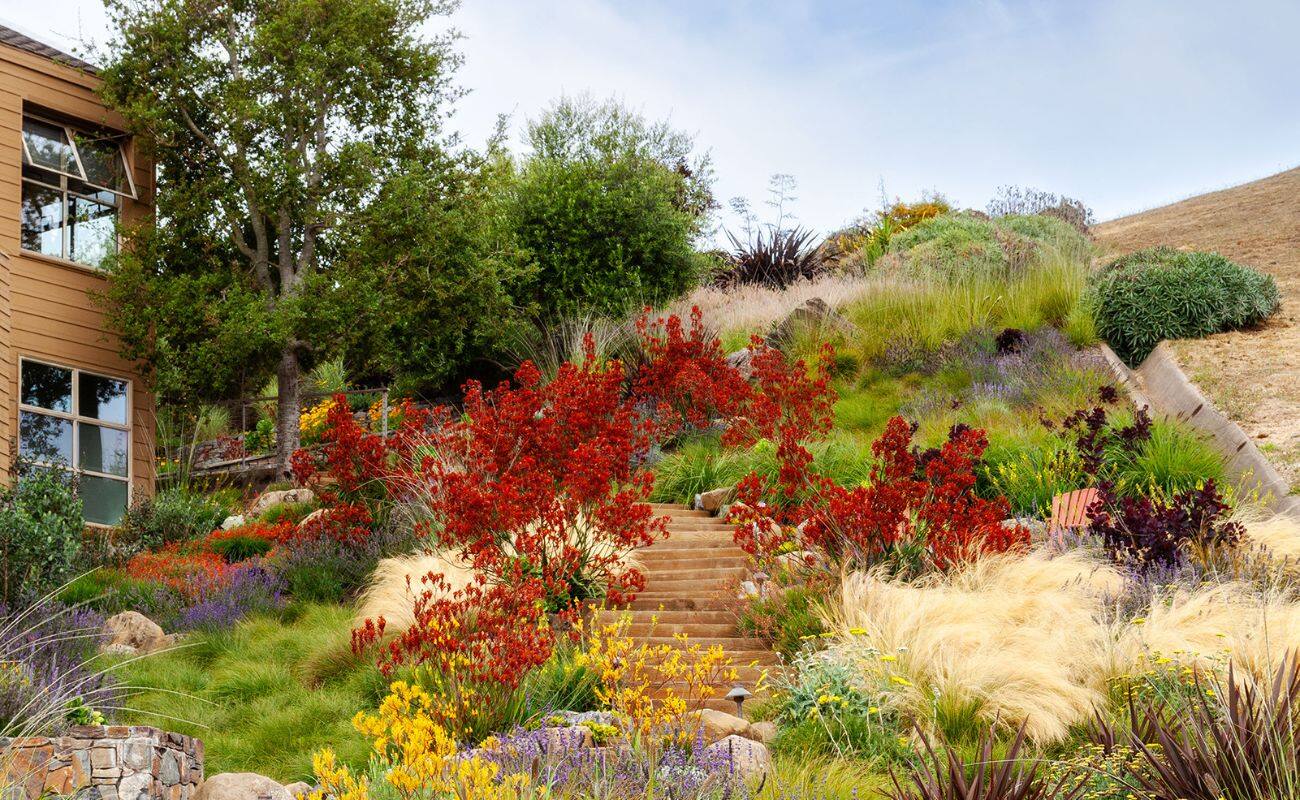


0 thoughts on “What Is Landscaping Fabric”